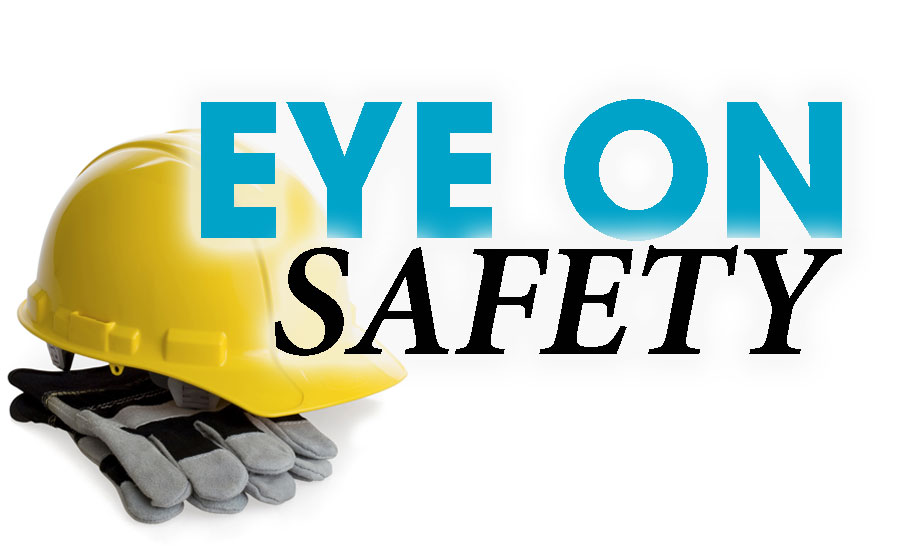Eye on Safety: Driver qualification

For many organizations in the wholesale-distribution industry, delivery drivers are a consistent touchpoint for customers.
Drivers transport materials to jobsites, pick up goods for return and have conversations with customers concerning orders, delivery times and worksite safety. In a lot ways, they are the face of your organization.
There are many factors that go into determining whether or not a person is a good fit for driver duties but none more important than the driver-qualification process. It’s the first step and also the most critical.
Driver qualification is the process of evaluating an applicant or existing employee for the purpose of approving or disapproving work activities associated with driving commercial motor vehicles. There are forms to fill out, records to obtain, training to complete and skills to assess as you work through this decision-making stage.
Before starting the process, managers need to understand what delivery vehicles will be used, what categories of drivers are needed to operate those vehicles, what credentials are required for each driver category and what environment you’ll be asking drivers to operate in.
For example, you may have trucks that require a commercial driver’s license to operate and others that do not. If you have reviewed the regulations on this subject, you’ll be aware CDL drivers have additional regulatory requirements above and beyond drivers who do not need CDLs. Managers also are well-served to know the environment (i.e. rural, urban, construction sites, etc.) a driver will be working in. Having answers to these questions will serve as the foundation for the driver-qualification activities that follow.
Your best first step in driver qualification is to familiarize yourself with the Federal Motor Carrier Safety Administration’s regulations. The FMCSA has a handbook available for this specific purpose. Many refer to it as the “little green book.” This resource will make managers aware of what will be expected of the drivers from the perspective of enforcement and compliance. Additionally, this information will help managers to better understand what drivers are responsible for when operating commercial motor vehicles. To put it plainly, this step is like understanding the rules of a game before you start playing it. And as with any game, players will perform better if they know the rules than if they use the “learn as you go” approach. Law enforcement can be unforgiving to the latter. Visit www.fmcsa.dot.gov for more information.
Once a manager understands the compliance aspect of driver qualification, you can start down the path of identifying potential candidates for driving. An indispensable element of this stage is reviewing the driving records of candidates. Not all candidates have clean driving records. To the opposite, many do not. Establishing criteria for driver eligibility will help managers eliminate candidates that would pose compliance and/or operational risk to the business. In many cases, a company’s insurance provider can supply a manager with general criteria with which to make eligibility decisions. To keep insurance premiums manageable, it makes sense to use their guidance as criteria for eligibility. Another key part of this stage can be to check with past employers of the candidates under serious consideration. Gathering information on dates of employment, types of vehicles operated in the past, any issues related to substance-abuse testing and accident summaries are all ways to help managers make a more informed decision.
After a manager has identified a group of candidates that fit the need of the business and have approved driving records, you can get into the selection process. While the emphasis of selection should be on the knowledge, skills and attributes that make for a good driver, other traits such as customer service should be included in the decision as well. The best candidates can comply with transportation laws, operate vehicles safely and deliver great value to customers.
Driver qualification does not end with the selection of the best candidate. Once a manager has identified the ideal position fit, training and paperwork are to follow. Drivers should receive instruction on any changes to regulations, the FMCSA’s program for compliance, safety and accountability (CSA), distracted driving, operating vehicles in bad weather, hours of service and conducting effective inspections.
All these areas are important for drivers to understand.
For paperwork, the key thing to keep in mind is the need for documentation that satisfies FMCSA compliance requirements and your company’s policies on drivers, vehicle safety and customer interactions. For compliance paperwork, there are numerous vendors that provide the forms typical in driver qualification. Documents related to company policy tend to be available through your human-resources department.
Looking for a reprint of this article?
From high-res PDFs to custom plaques, order your copy today!





